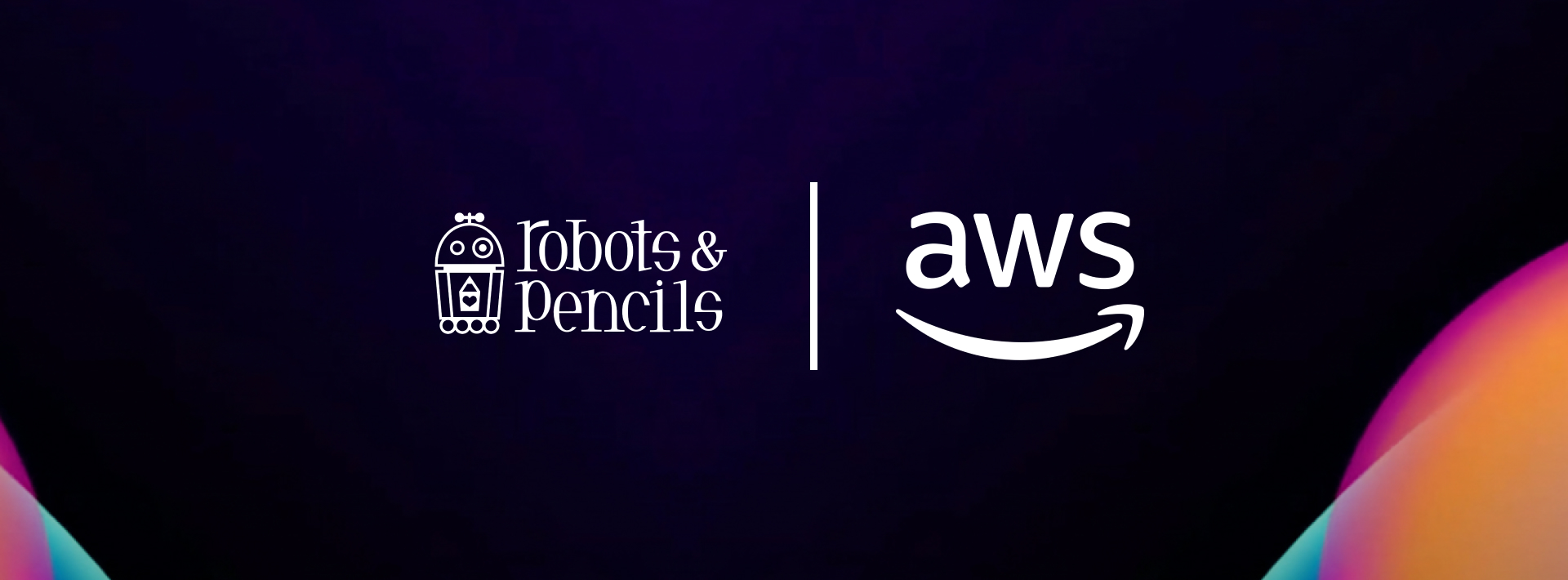You can feel the shift the moment you try to deploy a conversational AI agent through an off-the-shelf platform. The experience looks clean and efficient on the surface, yet it rarely creates the natural, personal, assistive interactions customers expect. It routes and deflects with precision, although the user often leaves without real progress. For teams focused on modern customer experience, that gap becomes impossible to ignore.
Most “buy” options in conversational AI grew out of call center design. Their core purpose supports internal efficiency rather than meaningful customer support.
The Tools on the Market Prioritize Operations Over Experience
Commercial conversational AI platforms concentrate on routing, handle time, and contact center workflows. Their architecture directs intelligence toward internal productivity. Customers receive an experience shaped by legacy operational goals, which leads to uniform patterns across organizations.
Many buyers assume these tools match customer needs. Simple data points help reset that assumption.
- First contact resolution for template bots often stays below 30 percent.
- Drop-off rates rise when scripted flows fail to understand intent.
- Satisfaction scores with call center bots lag behind human support.
A more experience-centric path creates a very different outcome. Picture a manufacturing technician on a production line who notices a calibration issue on a piece of equipment. A contact-center-oriented system assists the internal support team by surfacing documentation, troubleshooting steps, and recommended scripts. The support team responds quickly, although the technician still waits for guidance during a critical moment on the floor.
Whereas a true customer-facing agent engages directly with the technician. It reviews the equipment profile, interprets sensor readings, outlines safe adjustment steps, and highlights the specific parameters that require attention. The technician gains clarity during the moment of need. Production continues with confidence and momentum.
This direct guidance transforms the experience. The agent participates in the workflow as a real-time partner rather than a relay for internal teams.
Your Conversational Data Creates the Moat
Every customer question reflects a need. Every phrasing choice, pause, and follow-up captures intent. These patterns form the foundation of a truly assistive conversational AI system. They reveal friction, opportunity, and the natural language of your specific users.
SaaS solutions provide insights from these interactions, while the deeper value accumulates inside the vendor’s system. Their product evolves with your customer patterns, while your experience evolves at a slower pace.
Modern AI creates advantage through data, not through foundational models. Conversation data reinforces your knowledge of customers and shapes your ability to improve rapidly. Ownership of that data creates the moat that strengthens with every interaction.
Customization Creates the Quality Customers Feel
The visible layer of an AI agent, including the interface, avatar, or voice, offers the simplest design challenge. Real quality lives underneath. Tone calibration, workflow logic, domain vocabulary, and retrieval strategy shape the accuracy and trustworthiness of every response.
Generic templates often reach steady performance at a moderate level of accuracy. The shift into high-trust reliability grows from tuning against your specific customer language and your operational context. SaaS platforms hold the data, although they do not hold the lived knowledge required to interpret which interactions reflect success, friction, or emerging need. Your teams understand the nuance, which creates a tuning loop that only internal ownership can support.
A system that learns within the grain of your business always outperforms a template that treats your conversations as generic.
Building Thrives Through Modern Ecosystems
Building once required full-stack engineering and long timelines. Today, teams assemble ecosystems that include hosted models, vector databases, retrieval frameworks, and orchestration layers. This approach delivers speed and preserves data governance.
Many buyers assume building is slow. New modular tools make the opposite true.
- Pre-trained models support fast launch.
- Retrieval systems use your existing knowledge base.
- Tooling reduces complexity and supports quick iteration.
Advantage grows from how your system comes together around your data. Lightweight architectures adapt quickly and evolve in rhythm with your customers.
The Strategic Equation Favors Builders
AI-native experience design has reshaped the traditional build vs. buy decision. Modern tooling accelerates internal development, and internal data governance strengthens safety. A build path creates forward momentum without relying on vendor roadmaps.
Differentiation comes from experience quality. Off-the-shelf bots produce uniform interactions across brands. Custom agents express your language, workflows, and service model.
Data stewardship defines long-term success in conversational AI. Ownership of the learning loop positions teams to adapt quickly, evolve responsibly, and compound knowledge over time.
The Organizations That Win Will Be the Ones That Learn Fastest
In the next wave of digital experience, leaders rise through insight and adaptability. Their advantage reflects what they learn from every conversation, how quickly they apply that learning, and how deeply their AI mirrors the needs of their customers.
Buying provides a tool. Building creates a learning system. And learning carries the greatest compounding force in customer experience.
The pace of AI change can feel relentless with tools, processes, and practices evolving almost weekly. We help organizations navigate this landscape with clarity, balancing experimentation with governance, and turning AI’s potential into practical, measurable outcomes. If you’re looking to explore how AI can work inside your organization—not just in theory, but in practice—we’d love to be a partner in that journey. Request an AI briefing.
Key Takeaways
- Building conversational AI creates differentiated customer experiences. Internal teams shape the interaction model around real customer language, which creates clarity, momentum, and trust.
- Conversational data creates the strongest moat. Every interaction provides signals about user needs, preferences, and friction points. Ownership of these signals fuels rapid improvement and compounds value over time.
- Customization drives accuracy and confidence. High-performance conversational agents grow from tuning informed by lived operational context. Internal teams carry the insight required to elevate accuracy toward the highest tier of reliability.
- Modern AI ecosystems accelerate a build strategy. Hosted models, retrieval frameworks, and orchestration layers provide reusable scaffolding. These tools empower teams to assemble fast, adapt continuously, and retain full data stewardship.
- The build path strengthens resilience and innovation. Organizations that cultivate internal learning loops evolve faster than those using externally governed systems. The ability to learn directly from every conversation shapes the next generation of customer experience.
FAQs
What creates value in a conversational AI agent?
Value grows from the quality of the interaction. Conversational AI agents reach their potential when they draw from real customer language, understand business context, and evolve through continuous learning. Ownership of conversation data strengthens this process and elevates the customer experience.
Why do organizations choose to build conversational AI?
Organizations choose a build strategy to shape every element of the experience. Internal development allows teams to guide tone, safety, workflow logic, and response quality. This alignment creates reliable, natural, and assistive interactions that match customer expectations.
How does conversation data strengthen an AI agent?
Every user question reveals intention, preference, and behavior. These signals guide tuning, improve routing, and highlight gaps in knowledge sources. Data ownership empowers organizations to refine the agent with precision and create rapid compound learning.
How do modern AI tools support faster internal development?
Hosted large language models, retrieval infrastructures, vector databases, and orchestration frameworks provide ready-to-use building blocks. Teams assemble these components into a modular system designed around their data and their customer experience goals.
What advantages emerge when teams customize their AI agents?
Customization aligns the agent with domain language, operational processes, and brand voice. This alignment raises accuracy, builds trust, and creates a conversational experience that feels tailored and assistive.
How does a build approach create long-term strategic strength?
A build approach cultivates an internal learning engine. Every conversation sharpens the agent, strengthens customer relationships, and expands organizational knowledge. This compounding effect creates durable advantage in digital experience.













